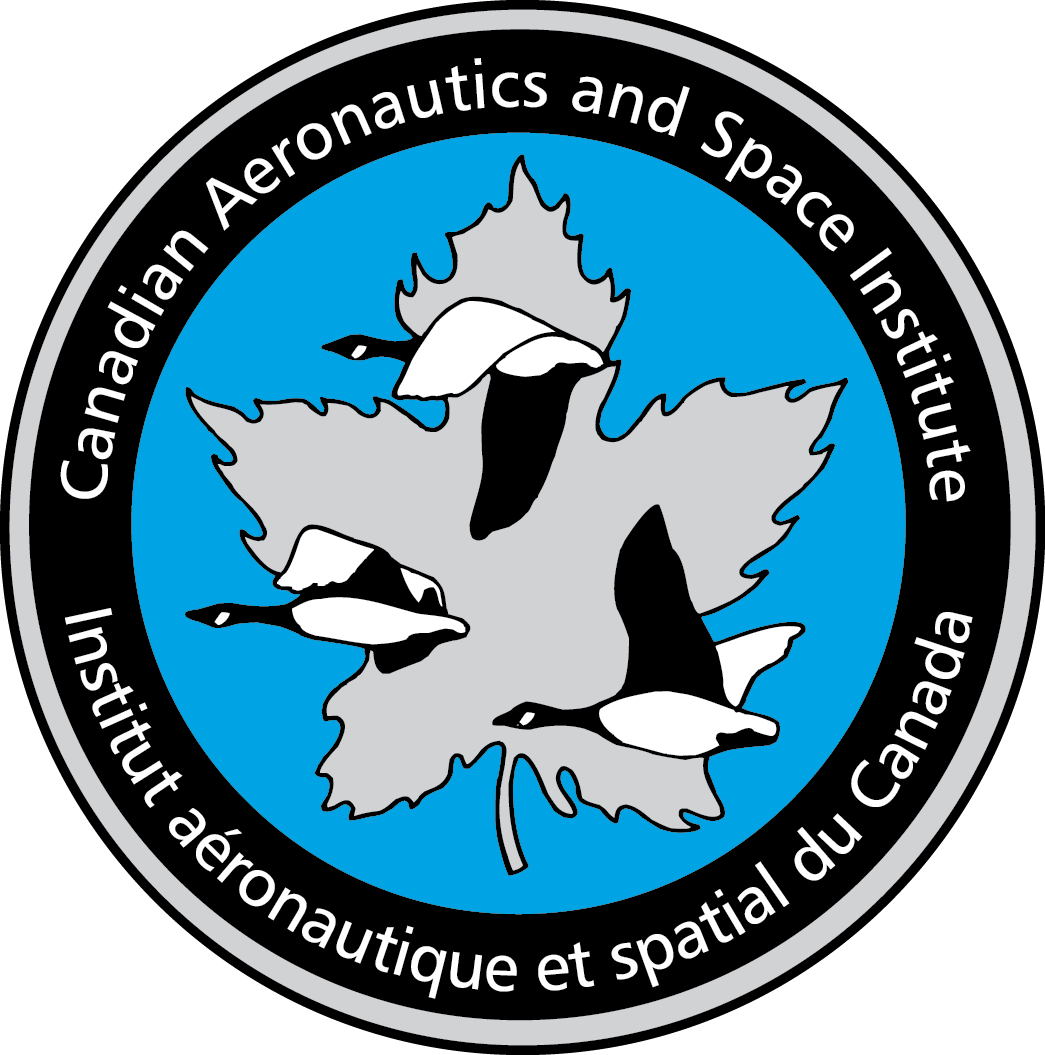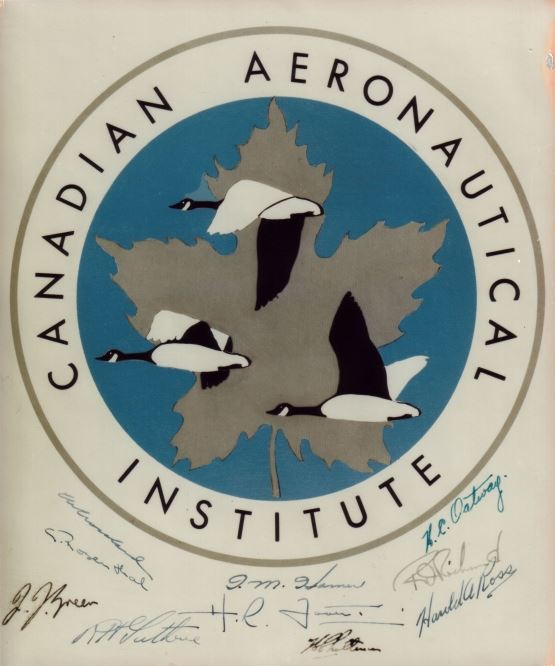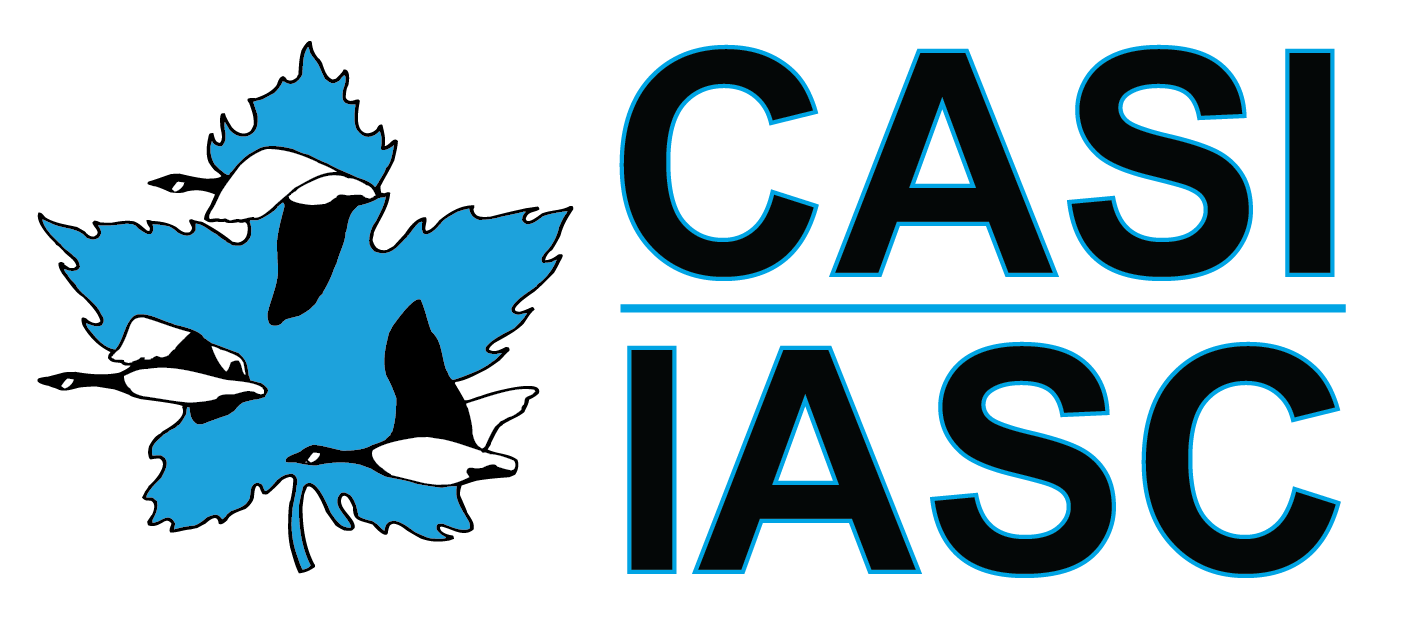Canadian Aeronautics and Space Institute Institut aéronautique et spatial du Canada |
CASI VISION and MISSION
- To advance the art, science, engineering and applications relating to aeronautics, space and related technologies in Canada
- To provide a focus for communications and networking for aeronautics and space communities in Canada
- To assist Members in developing skills, exchanging information, and sharing talents in their areas of interest
- To promote Canadian competence and international competitiveness in aeronautics, space and related technologies and their applications
- To foster national pride and international esteem for Canada’s accomplishments in aeronautics, space and related technologies
The History of CASI
The origin of the Canadian Aeronautics and Space Institute dates back to 1954, when the Montreal-based Institute of Aircraft Technicians, the Ottawa Aeronautical Society and the Canadian sections of the U.S. Institute of Aeronautical Sciences amalgamated to form the Canadian Aeronautical Institute (CAI). In 1962 the Canadian Astronautical Society in Toronto and the Montreal-based Astronautical Society of Canada merged with the CAI to become the Canadian Aeronautics and Space Institute (CASI).
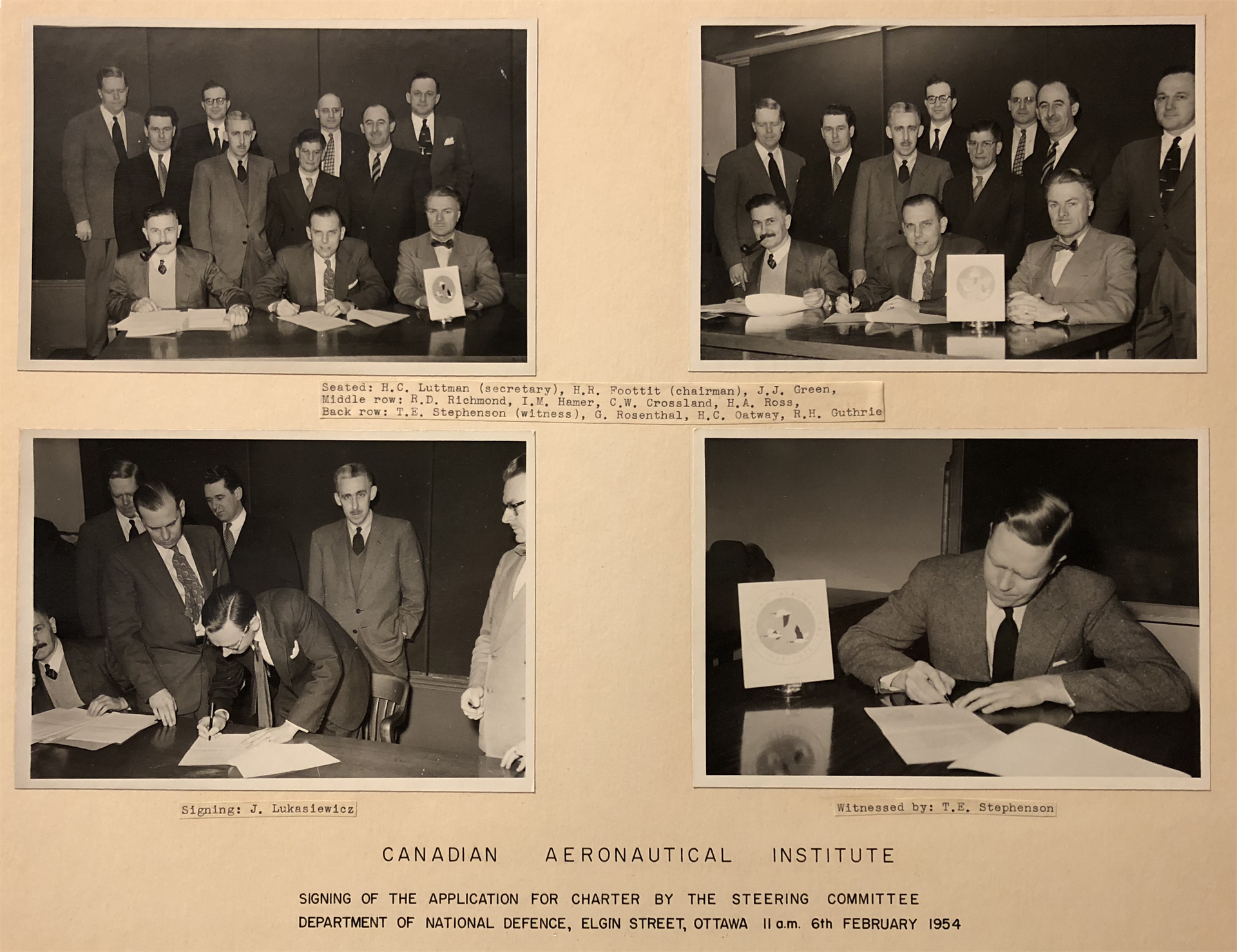 CASI is a not-for-profit scientific and technical organisation devoted to the advancement of the art, science engineering and applications relating to aeronautics, astronautics, and associated technologies and their applications. The Institute consists of Branches across Canada and specialist Sections that cater to specific areas.
CASI is a not-for-profit scientific and technical organisation devoted to the advancement of the art, science engineering and applications relating to aeronautics, astronautics, and associated technologies and their applications. The Institute consists of Branches across Canada and specialist Sections that cater to specific areas.
The Institute is governed by a Council. Each Branch elects one of its members to serve on the Council. Specialist Sections are represented on the Council by their Chairs. The Council itself elects, as Councillors, a predetermined number of senior members from the membership at large. The Councillors elect a President from among themselves.
The structure of the Institute provides for Branches to serve members in their home communities and Sections to serve members specializing in fields directly related to aeronautics and astronautics regardless of their location. The Sections are: Aerodynamics, Aircraft Design and Development, Astronautics, Human Factors, Propulsion and Structures and Materials. Each Branch and Section is governed by an Executive committee, elected by its members.
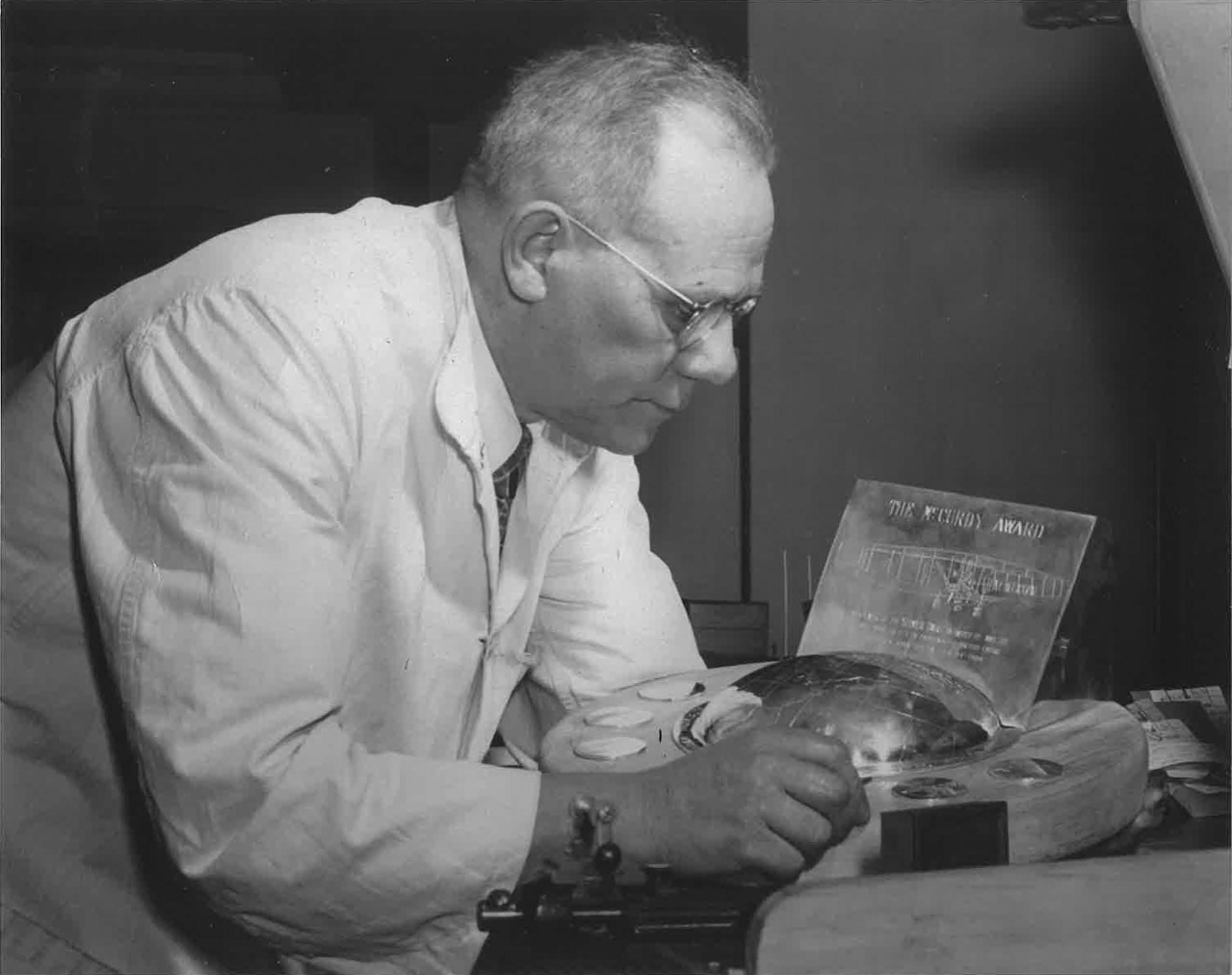
To those who can participate in its activities, the Institute, through its Branches and Sections, committees, conferences, awards and other events offers opportunities for formal and informal association with people having similar interests. Each member learns through activities with others and make his/her own contribution to the common pool of knowledge and experience. Membership in CASI confers status in the professions of aeronautics, space and related technologies and their associated technologies and applications, both nationally and internationally.
The Institute works closely with its Corporate Partners, organizations with an interest in the goals and mission of CASI and a willingness to provide financial assistance. Corporate Partners enjoy a variety of benefits and privileges including recognition in the scientific journals and other publications produced by the Institute and an elevated profile at all conferences and other symposia hosted by CASI.
The Evolution of a Logo
The spirit and design of the original CAI logo from 1954 (pictured and signed by the Founding Members listed below), continues to represent present-day CASI. The three Canada Geese represent the amalgamation of the three original groups; Institute of Aircraft Technicians, The Ottawa Aeronautical Society, and the Canadian sections of the U.S. Institute of Aeronautical Sciences. You may have noticed it sitting on the table in the images in the previous section.
Original Logo
C.W. Crossland | H.R. Footit | J.J. Green | R.H. Guthrie | I.M. Hamer | J. Lukasiewicz (signature missing)
H.C. Luttman | H.C. Oatway | R.D. Richmond | G. Rosenthal | H.A. Ross
CAI Evolves into CASI
Looking Forward

Next Generation Logo
Are you a CASI Member who can turn this logo into a more 3-dimensional file which we could carry into the future at no cost to our organization, while being credited for your work? Click here to let us know.
CASI and Canada’s Aviation Hall of Fame
The Following CASI Members have been inducted in to Canada’s Aviation Hall of Fame:
1974 - Keith Rogers Greenaway
“His superlative accomplishments in the field of navigation, and more especially his contributions relating to the north polar regions have been of outstanding benefit to Canadian aviation.” – Induction citation, 1974
1974 - Jerauld George (Jerry) Wright
“The application of his technical brilliance to the design of numerous navigation devices has been of outstanding benefit to Canadian aviation.” – Induction citation, 1974
1984 - Harry Halton
“His exceptional abilities in aircraft design and development together with his outstanding personal leadership qualities have all been of outstanding benefit to Canadian aviation.” – Induction citation, 1984
1984 - Alexander John (Al) Lilly
“The application of his superior skills in test flying, leading to vital improvements in many aircraft during war and peace have been of outstanding benefit to Canadian aviation” – Induction citation, 1984
1995 - Robert Dick Richmond
“His longtime leadership and unwavering dedication to the highest standards in engineering, manufacturing and management have made an enduring contribution to the Canadian aerospace industry and its international capabilities.” – Induction citation, 1995
1996 - Eugene Howard (Gene) Schweitzer
“Through the transition from piston to turbine power and from bush flying to airlines, business and commuter aviation, he applied his knowledge of aircraft engines, corporate management and public relations to the benefit of air transportation across Canada and around the world.” – Induction citation, 1996
1998 - Frederick William (Fred) Hotson
“His lifetime in aviation has been highlighted by his contribution to corporate aviation and the 70-year history of de Havilland in Canada. His ability to relate his extensive career to the writing and preservation of the country’s aviation history has been of lasting value to Canada.” – Induction citation, 1998
1998 - Donald Howard Rogers
“His exceptional abilities as a test and demonstration pilot and his talents in training pilots to STOL technology have been of lasting benefit to the Canadian aviation industry and the nation of Canada.” – Induction citation, 1998
2000 - Paul B. Dilworth
“His constant search for perfection in all of his aeronautical endeavors and his pioneering leadership in the field of aero-engineering development have been of lasting benefit to Canadian aviation.” – Induction citation, 2000
2009 - Horace Charles Luttman
“His outstanding dedication, expertise and energies contributed to the founding of the Canadian Aeronautics and Space Institute (CASI) and through the decades from its inception in the 1950’s to his retirement in 1973, he led in the creation of a strong, effective and internationally respected organization of aeronautical engineers and scientists, greatly benefiting aviation in Canada.” – Induction citation, 2009
2004 - CASI itself was inducted into the Hall of Fame as a recipient of the Belt of Orion
“For 50 years, the Canadian Aeronautics and Space Institute (CASI) has made outstanding contributions to the advancement of the art, science, engineering and applications of aviation and aerospace in Canada.” – Induction citation, 2004
